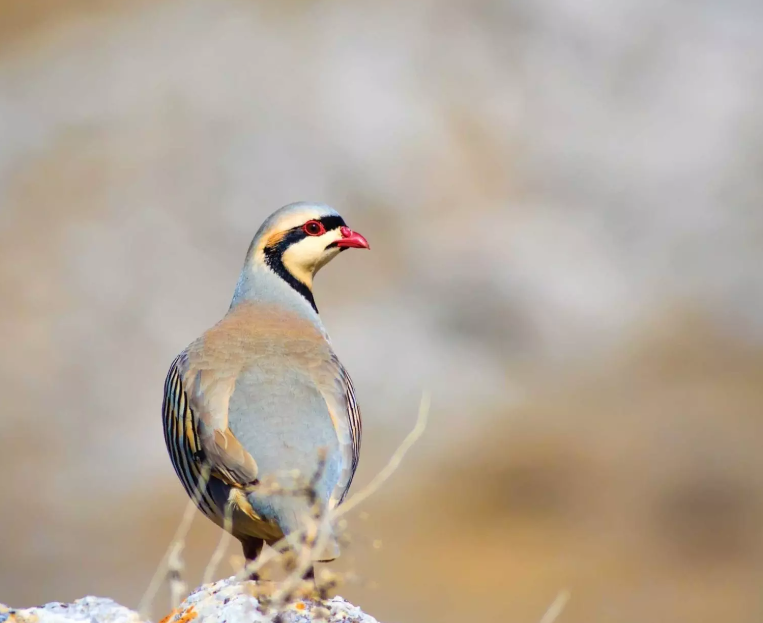Australia is a country that is well known for its unique wildlife, and Australia National Bird which is the emu is one of its most recognizable and interesting inhabitants. As Australia’s national bird, the emu holds a special place in the hearts of Australians, and it is also a fascinating subject for those interested in wildlife and conservation. This article will explore the emu in detail, covering its physical characteristics, behavior, habitat, and conservation status. We will also answer some frequently asked questions about this iconic bird.
Physical Characteristics of Australia National Bird
Emus are flightless birds that can stand up to 2 meters (6.5 feet) tall and weigh up to 60 kilograms (132 pounds). They have long legs and a distinctive, elongated neck. Their feathers are brownish-grey in color, and they have a distinctive patch of bare skin on their neck and head. Emus have large, powerful feet with three toes, and their eyes are large and brown.
Behavior of Emus
Emus are social birds that live in groups called mobs. They are diurnal, which means they are active during the day and rest at night. Emus are omnivores and will eat a wide variety of foods, including plants, insects, and small animals. They are also capable of going for long periods without food or water.
Habitat of Emus
Emus are found throughout most of mainland Australia, and they are well adapted to living in a range of different environments, including deserts, grasslands, and forests. They are capable of traveling long distances in search of food and water and are known for their endurance.
Conservation Status of Emus
Emus are not currently considered endangered, although their populations have declined in some areas due to habitat loss and hunting. The Australian government has implemented measures to protect emus, including regulations on hunting and the creation of wildlife reserves and protected areas.
The Role of Emus in Australian Culture and History
Emus have played a significant role in Australian culture and history. They are an important part of many Indigenous Australian creation stories, and their feathers and eggs have been used for a wide range of purposes, including food, clothing, and decoration. Emus were also hunted by early European settlers for their meat and feathers.
Emus in Captivity
Emus are sometimes kept in captivity in zoos, wildlife parks, and farms. They are popular attractions due to their unique appearance and behavior. In captivity, emus require a large amount of space to move around and require a varied diet to remain healthy.
Frequently Asked Questions (FAQs)
- What is the lifespan of an emu?
Emus can live up to 20 years in the wild and up to 35 years in captivity.
- Are emus dangerous?
Emus are not typically aggressive towards humans, but they can become defensive if they feel threatened.
- Can emus swim?
Yes, emus are capable swimmers and can cross rivers and other bodies of water if necessary.
- Do emus have any predators?
Adult emus do not have any natural predators, but their eggs and young are vulnerable to predation by dingoes, foxes, and other animals.
Conclusion
Emus are a fascinating and unique bird species that hold a special place in Australian culture and history. As Australia’s national bird, they are an important symbol of the country’s unique wildlife and natural heritage. With their distinctive appearance, behavior, and habitat, emus are a subject of interest for many people, including those interested in wildlife conservation and biology.
References
- Australian Government Department of Agriculture, Water and the Environment. (2021). Emu (Dromaius novaehollandiae). Retrieved from https://www.awe.gov.au/animals/wildlife/emu
- National Geographic. (n.d.). Emu. Retrieved from https://www.nationalgeographic.com/animals/birds/e/emu/
O’Connor, R. (2014). Emu. In P. G. Rodewald (Ed.), The Birds of North America. Cornell Lab of Ornithology. Retrieved from https://birdsna.org/Species-Account/bna/species/emu/introduction

